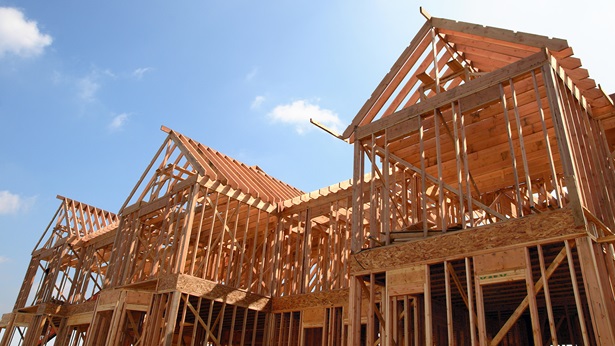Inclusionary Zoning

Inclusionary Zoning (IZ) refers to local government ordinances that require a certain percentage of new residential construction to be sold or rented at below market rates.
IZ is adopted by many communities under the assumption that it is a simple, expedient method to address affordable housing. However, IZ is far more complicated, and there is conflicting evidence on the extent to which IZ discourages development, raises the price of market-rate homes, creates adequate affordable housing supply, or encourages economic opportunity.
Some evidence over the past decade has shown IZ to be an ineffective tool at promoting affordable housing as it acts as a tax on housing and shifts costs either to market-rate renters and home buyers, or causes developers build elsewhere. A 2019 study, Inclusionary Zoning and Housing Market Outcomes, released by the Mercatus Center at George Mason University, assessed 22 jurisdictions in the Baltimore-Washington region with IZ programs. Each year a mandatory IZ program was in place, house prices increased by about 1% beyond what they otherwise would. In addition, the IZ programs in this region have produced far fewer units compared with the need; Montgomery County’s (MD) program has been in place for many years, but fewer than 4% of homes are the result of IZ, and the program in Baltimore that was adopted nine years ago has produced only 34 homes for low-income families so far.
The following resources provide further insights into IZ and concrete data of how IZ requirements impact development choices, including whether or not a developer proceeds on a project.



